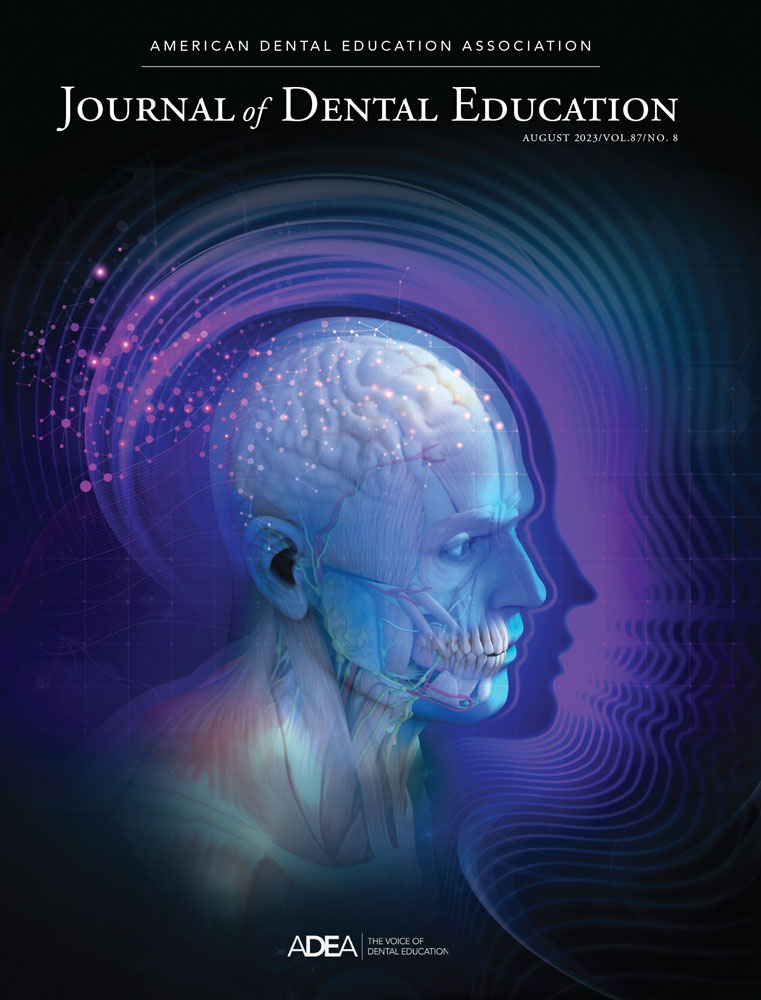Heightened vigilance and perceived discrimination in dental trainees’ readiness for clinical practice
Abstract
Purpose/objective
The aims of this study were to examine associations between heightened vigilance and perceived discrimination on readiness for clinical practice and to examine the mediating effects of social support and resilience.
Methods
A survey was distributed to dental trainees (dental and dental hygiene students) enrolled at a US dental school located in the mid-Atlantic region. The survey assessed readiness for clinical practice and included measures of perceived discrimination, heightened vigilance, and the following wellness measures: perceived stress, resilience, anxiety, social support, and coping. Adjusted for gender, and race/ethnicity, we regressed heightened vigilance and perceived discrimination independently on students’ readiness for clinical practice. To assess mediation, we computed the direct effects of heightened vigilance and perceived discrimination and potential indirect effects mediated through social support and resilience.
Results
A total of 250 students who completed the survey had complete data on all variables. Five percent identified as Black or African Americans, 34% as Asians, and 8% as Hispanic/Latino. Sixty-two percent were female and 91% were dental students. The overall mean (SD) heightened vigilance and perceived discrimination scores were 18.9 (4.9) and 10.5 (7.6), respectively. Only the mean score for heightened vigilance differed significantly by race/ethnicity (p = 0.02). Higher heightened vigilance (odds ratio [OR] = 0.75 95% confidence interval [CI]: 0.25, 2.23), and perceived discrimination (OR = 0.52, 95% CI: 0.33, 0.88) scores were independently associated with lower adjusted odds of reporting high confidence in readiness for clinical practice even after adjusting for the mediating effects of social support and resilience, although the association for heightened vigilance was not statistically significant.
Conclusions
Heightened vigilance and perceived discrimination appear to negatively impact dental trainees’ career readiness. Intentional efforts to prioritize an anti-racism approach within dental education programs and patient care across the nation are warranted.




